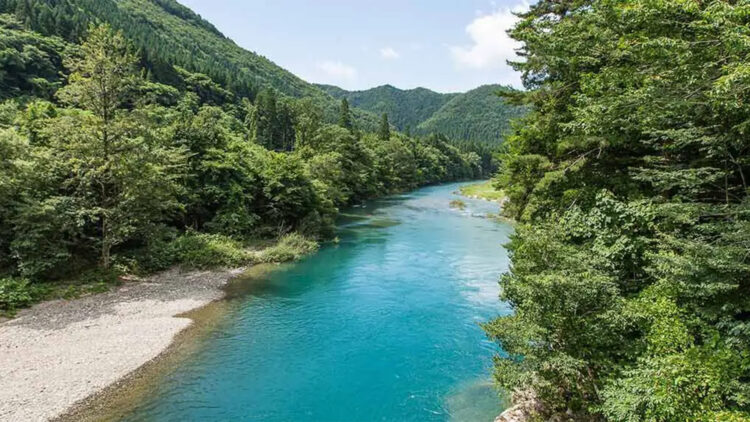2.3 billion years ago, the planet was not what it looks today. Before, the seas were dark, heated, and iron-rich, and no vegetation nor creatures existed. An interesting insight into what that early environment was like is shown in a study of 5 Japanese hot springs located in Akita, Aomori, and Tokyo.
Under the direction of scientist Fatima Li-Hau from the Institute of Science of Tokyo, the group discovered fluids that were almost oxygen-free and high in ferrous iron (Fe²⁺), a combination that is similar to what existed before to the Great Oxidation Event.
Microbes used other fuels in those prehistoric times because cyanobacteria didn’t use oxygenic photosynthesis to fill the sky with oxygen at the time. But these waters show how life would have worked back then, with traces of oxygen creating delicate balances, hydrogen-using microbes, and iron-oxidizing bacteria thriving in low-oxygen niches.
The research of the Earth-Life Science Institute (ELSI) in Tokyo, helps better understand the gap between the Archean and Proterozoic eras. And, it even points to the possibility of extraterrestrial life habitats in Mars, which might have iron-rich and oxygen-poor environments.
Springs that reflect the early Earth
Because they maintain ferrous iron (Fe²⁺) stable, which typically doesn’t happen in the presence of oxygen, the five hot springs serve as natural laboratories.
Although the pH is almost neutral and the salinity is low, each spring has its own community. Microaerophilic iron-oxidizing bacteria were the most prevalent microorganisms in four of the five locations.
They transformed ferrous iron into ferric iron, living on the edge of oxygen to get energy. Iron-based metabolism was dominant here which shows it was a popular way of living. Cyanobacteria were also present although is smaller amount. Nevertheless, their tiny oxygen leak probably allowed iron-oxidizers to survive without creating danger.
In one spring, Kowakubi, another strategy, took power. By using hydrogen as fuel, the Hydrogenophilaceae family of microorganisms showed that hydrogen, like iron, could power early ecosystems.
The early life chemistry
To figure out the presence of microbes and what they could do, the scientists had to do some trials where they used metagenomics to reconstruct more than 200 high-quality microbial genomes. An what did they found? Carbon fixation, nitrogen fixation, and iron oxidation. But also, they found the presence of genes for denitrification and nitrate reduction to ammonium suggested that the nitrogen cycle was active in these waters.
In some locations, there was full nitrification from ammonium to nitrate, which shows that these cycles were linked even before there were any plants or animals. And despite the water has a low concentration of sulfur-containing chemicals, genes related to sulfur cycling were present. In other words, microbes were recycling tiny amounts of sulfur to keep a stable system.
They also found that strict anaerobes, iron oxidizers, and microbes that can live with a little oxygen all shared the same habitat. That setup is close to the slow buildup of oxygen from the Archean into the Proterozoic. Those early “batteries” were likely iron and hydrogen, while cyanobacteria added just enough oxygen to slowly change the system.
A more oxygenated environment
Earth as we know today has gone under so many changes in time, science has been trying to figure out the mystery of life since it’s beginning. And although so much has been discover, we are still far from having all the answers.
This study shows that an important transformation wasn’t accomplished by just one radical shift. Instead, it evolved as the result of constant cooperation between several bacteria, energy sources, and elemental cycles.
We can reconstruct the functioning of early ecosystems by reading the DNA of modern bacteria and the chemistry they regulate.

